How coral populations expand into new areas and sustain themselves over time is limited by the scope of modern observations. Going back thousands of years, a study provides geological insights into coral range expansions by reconstructing the composition of a Late Holocene-aged subfossil coral death assemblage in S.E. Florida and comparing it to modern reefs throughout the region.
Tag: Coral Reefs
‘Janitors’ of the Sea: Overharvested sea cucumbers play crucial role in protecting coral
In a first-of-its-kind study, researchers at the Georgia Institute of Technology discovered that sea cucumbers — sediment-eating organisms that function like autonomous vacuum cleaners of the ocean floor — play an enormous role in protecting coral from disease. The problem is, they’ve been overharvested for more than 100 years, and they’re now rare.
Deep-sea study fleet taking shape at URI
A trip to the deep floor of the ocean is somewhat akin to going to the moon. Like the landers on the moon, a benthic lander can make it happen, just a little closer to home.At the University of Rhode Island, a fleet of these observational systems is now taking shape, all being built at the University’s Narragansett Bay Campus, in preparation for their journey nearly two miles deep.
Device ‘smells’ seawater to discover, detect novel molecules
Researchers in ACS Central Science report a proof-of-concept device that “sniffs” seawater, trapping dissolved compounds for analyses. The team showed that the system could easily concentrate molecules that are present in underwater caves and holds promise for drug discovery in fragile ecosystems, including coral reefs.
Discovery of invisible nutrient discharge on Great Barrier Reef raises concerns
Scientists using natural tracers off Queensland’s coast have discovered the source of previously unquantified nitrogen and phosphorous having a profound environmental impact on the Great Barrier Reef.
Innovative Techniques Provide New Means to Monitor Coral Reef Health
With coral reefs worldwide undergoing unprecedented stressors due to climate change and other human pressures, a large-scale application of innovative techniques shows promise for detecting the health condition of reefs.
Scientists find good places to grow long-spined sea urchins, a starting point to restore ‘the lawn mowers of the reefs’
University of Florida scientists are trying to raise as many urchins as possible because they eat algae that could otherwise smother reef ecosystems and kill corals. A UF post-doctoral researcher led newly published research that identifies algae on which larval sea urchins grow into juveniles in a lab setting.
Pacific coral reef shows historic increase in climate resistance
Coral reefs in one part of the Pacific Ocean have likely adjusted to higher ocean temperatures which could reduce future bleaching impacts of climate change, new research reveals.
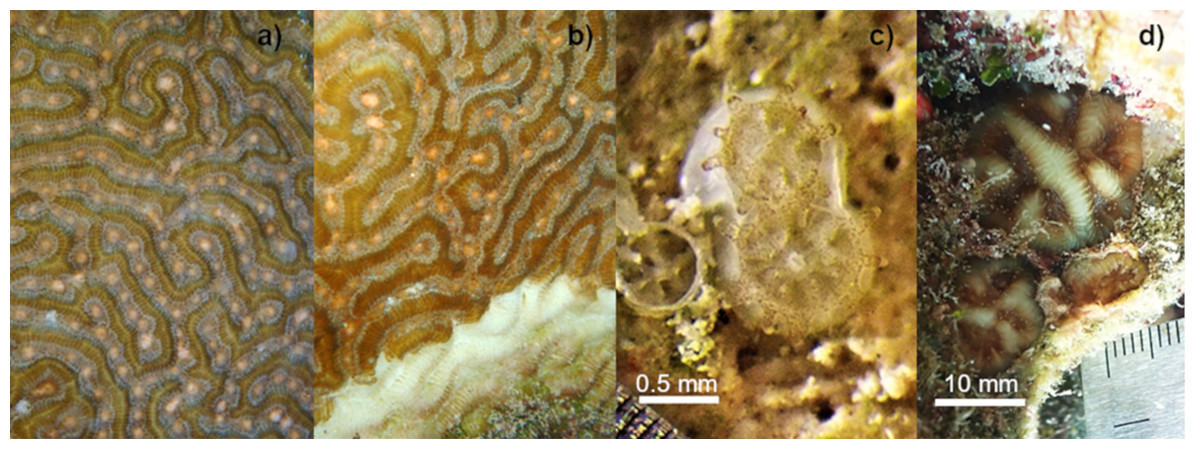
New study demonstrates the potential of diseased coral parents in restoring stony coral tissue loss disease-affected species
A new study reveals that even colonies affected by SCTLD can play a vital role in the assisted sexual reproduction for the restoration of SCTLD-susceptible species.
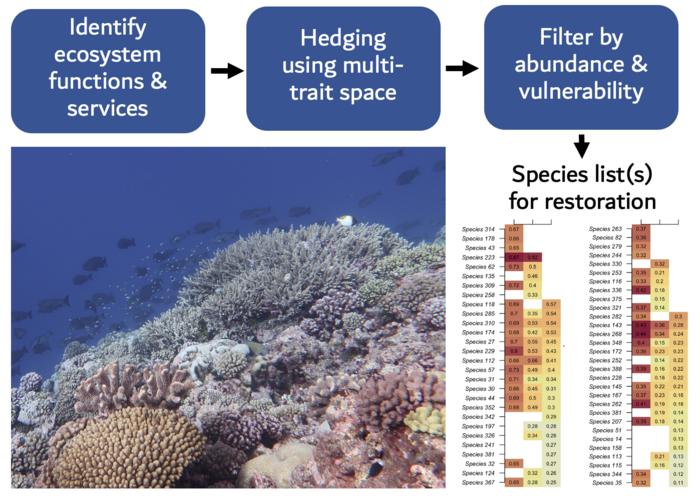
Hedging strategy for coral restoration balances diversity, ecosystem benefits
In a study published today in the Journal of Applied Ecology, this international team of scientists, led by a University of Hawai‘i (UH) at Mānoa researcher, revealed a strategy for choosing a set of key coral species that will best maintain ecosystem functions critical for reef health.
Coral disease tripled in the last 25 years. Three-quarters will likely be diseased by next century
Deadly coral disease is spreading as global temperatures warm, and it’s likely to become endemic to reefs the world over by the next century, according to new research.
CRISPR/Cas9 reveals a key gene involved in the evolution of coral skeleton formation
New work led by Carnegie’s Phillip Cleves uses cutting-edge CRISPR/Cas9 genome editing tools to reveal a gene that’s critical to stony corals’ ability to build their reef architectures.
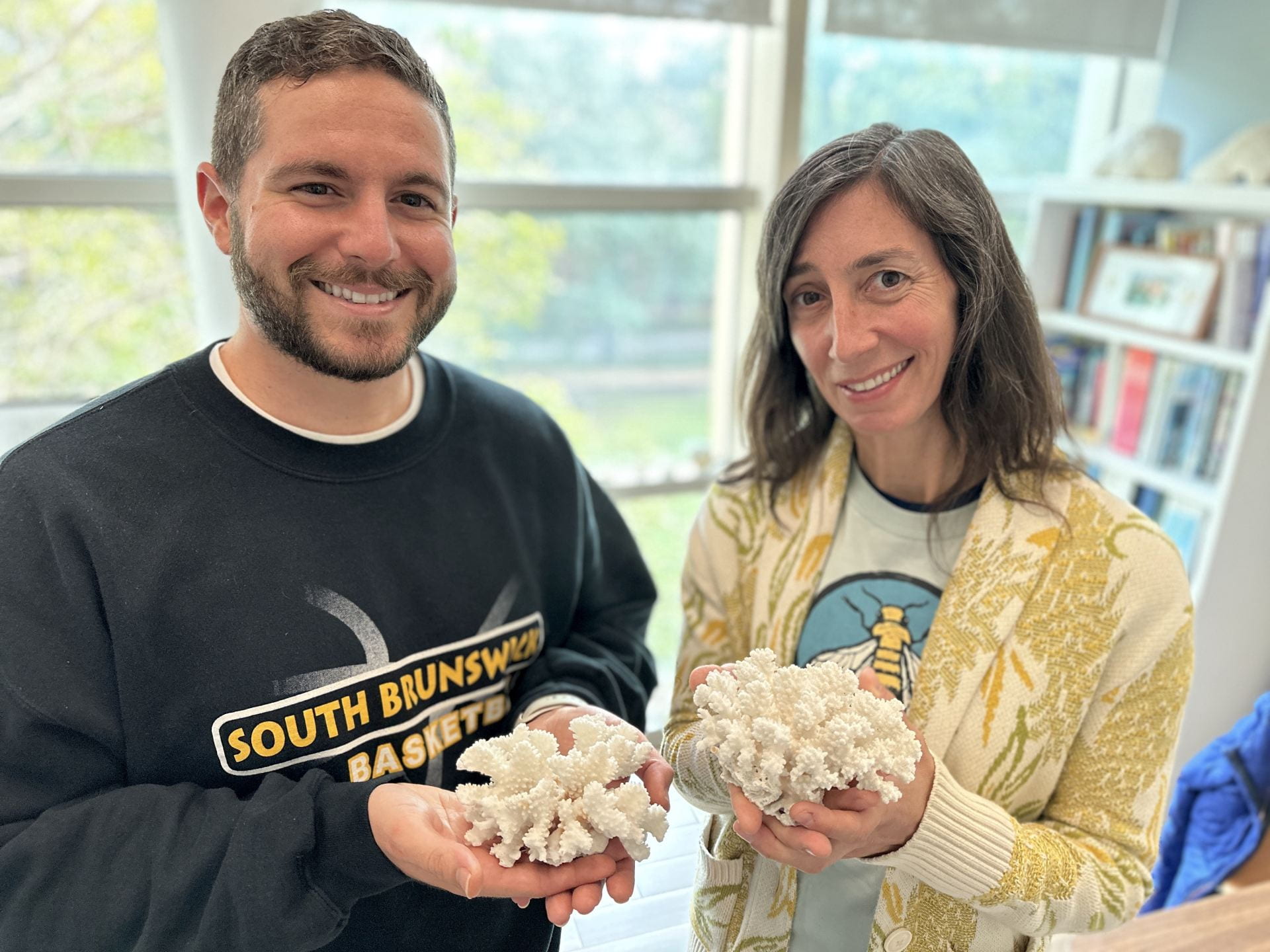
Ancient viruses discovered in coral symbionts’ DNA
An international team of marine biologists has discovered the remnants of ancient RNA viruses embedded in the DNA of symbiotic organisms living inside reef-building corals.
Chlamydia-like bacteria discovered in Great Barrier Reef
New research, published in Sciences Advances, has discovered a Chlamydia-like bacteria in corals of the Great Barrier Reef that could help scientists understand the coral microbiome and its potential impact on coral reef health.
How seaweed has been misleading scientists about reef health
For decades, scientists have looked to seaweed as an indicator of the health of coral reefs lying underneath. But what if the seaweed was misleading them? New UBC research reveals it was, and scientists need new ways to determine whether human activity is harming a particular reef.
Scientists Discover Pristine Deep-Sea Coral Reefs in the Galápagos Marine Reserve
Scientists have discovered extensive, ancient deep-sea coral reefs within the Galápagos Marine Reserve (GMR) – the first of their kind ever to be documented inside the marine protected area (MPA) since it was established in 1998.
Coral-eating fish poo may act as ‘probiotics’ for reefs
Until recently, fish that eat coral — corallivores — were thought to weaken reef structures, while fish that consume algae and detritus — grazers — were thought to keep reefs healthy.
FAU Teams Up with Shipwreck Park for Underwater Public Project, ‘Wahoo Bay’
Several years in the making, Wahoo Bay will serve partly as an educational marine park as well as an initiative to restore the natural habitat. Using AI and sensors, FAU engineers and students will deploy automated weather monitoring stations, underwater cameras, vehicles, acoustic and water quality monitoring sensors in Wahoo Bay, a “living” laboratory that provides an immersive experience for visitors while raising awareness of keeping oceans and coral reef systems healthy.
Crown-of-thorns seastar from Red Sea is endemic species
Tropical coral reefs are among the most endangered ecosystems on Earth. In addition to climate change, coral-eating crown-of-thorns seastars (Acanthaster spp.) pose one of the biggest threats in parts of the Indo-Pacific region.
Scientists Land $3 Million NSF Grant to Empower Local Coral Reef Monitoring Efforts
Although communities care deeply about the fate of coral reefs, they often lack the scientific tools to document changes in the local reefs on which they rely. A new project will help to empower community members already interested in coral reef health with the tools needed to document changes in these systems. Importantly, findings from the research will inform management of ecosystems.
Study Examines the Impact of Coral Chemical Compounds on Reef Composition and Health
Stumbling upon a new source of underwater caffeine was just an added bonus of a new study examining the impact of chemical compounds that corals release into the seawater.
Shedding New Light on Coral Black Band Disease
UNC-Chapel Hill biologists examine the links between microbial mats and a type of coral disease that has become an urgent conservation concern, and they suggest mitigation strategies to help reduce its spread.
‘Traffic calming’ boosts breeding on coral reefs
Coral reef fish breed more successfully if motorboat noise is reduced, new research shows.
These stunning 3D models of coral reefs are a crucial research tool
Martínez Quintana has created stunning 3D digital models that visualize the surface of coral reefs in painstaking detail. The artful re-creations aren’t just beautiful: They’re also filled with data on the distribution of young corals, known as recruits, that scientists are analyzing.
Rutgers Researcher Aims to Protect and Regenerate Corals Through Coral Genomics with $500K NSF Grant and Award-Winning Video
A Rutgers researcher will use genomics, genetics, and cell biology to identify and understand the corals’ response to heat stress conditions and to pinpoint master regulatory genes involved in coral bleaching due to global warming and climate change. The researcher and his team will use a novel gene-editing tool as a resource to knock down some gene functions with the goal of boosting the corals’ abilities to survive.
Climate resilient microalgae could help restore coral reefs
Coral species exhibit different temperature tolerances.
Environmental DNA reveals secret reef inhabitants
Tropical coral reefs are colourful, beautiful – and rich in species.
Restoring coral health
Coral reef ecosystems are severely threatened by climate change. The urgent need to address the issue is driving a new era of innovation in reef science, shown by a global multidisciplinary exploration of different approaches to enhance coral resilience.
Genotyping Reveals Significance of Mesophotic Reefs for Florida Keys’ Coral Recovery
Researchers are the first to compare the genetic structure and genomic diversity of paired shallow and upper mesophotic coral sites in the Northern and Southern Dry Tortugas and the Lower and Upper Florida Keys. Results suggest that while vertical connectivity between paired shallow and mesophotic populations can vary, certain mesophotic coral populations are important for maintaining the long-term survival of this ecologically important coral species throughout the Florida Keys and should be considered in future management strategies.
Surviving Extreme Heat: Woods Hole Oceanographic Institution (WHOI) receives funding from National Science Foundation (NSF) to study Coral Reef Resilience in a Warming Ocean
Woods Hole, Mass. (August 19th, 2021) — A team led by Anne Cohen, a scientist at Woods Hole Oceanographic Institution, received $1.75M in funding from the National Science Foundation (NSF) to study how coral reefs survive extreme heat events caused by climate change. The multidisciplinary project taps into expertise across four WHOI departments to uncover the oceanographic and biological processes that enable corals to survive marine heatwaves.
Low-cost 3D Method Rapidly Measures Disease Impacts on Florida’s Coral Reefs
A low-cost and rapid 3D technique is helping scientists to gain insight into the colony- and community-level dynamics of the poorly understood stony coral tissue loss disease responsible for widespread coral death throughout the Tropical Western Atlantic. They adapted Structure-from-Motion (SfM) photogrammetry to generate 3D models for tracking lesion progression and impacts on diseased coral colonies. They combined traditional diver surveys with 3D colony fate-tracking to determine the impacts of disease on coral colonies throughout Southeast Florida.
Low-cost 3D Method Rapidly Measures Disease Impacts on Florida’s Coral Reefs
A low-cost and rapid 3D technique is helping scientists to gain insight into the colony- and community-level dynamics of the poorly understood stony coral tissue loss disease responsible for widespread coral death throughout the Tropical Western Atlantic. They adapted Structure-from-Motion (SfM) photogrammetry to generate 3D models for tracking lesion progression and impacts on diseased coral colonies. They combined traditional diver surveys with 3D colony fate-tracking to determine the impacts of disease on coral colonies throughout Southeast Florida.
What’s Killing Coral Reefs in Florida is Also Killing Them in Belize
Only 17 percent of live coral cover remains on fore-reefs in Belize. A study finds new evidence that nitrogen enrichment from land-based sources like agriculture run-off and sewage, are significantly driving macroalgal blooms to increase on the Belize Barrier Reef and causing massive decline in hard coral cover. With only 2 percent of hard coral cover remaining in the Florida Keys National Marine Sanctuary, it’s too late to save that reef, but there’s still hope for the Belize Barrier Reef.
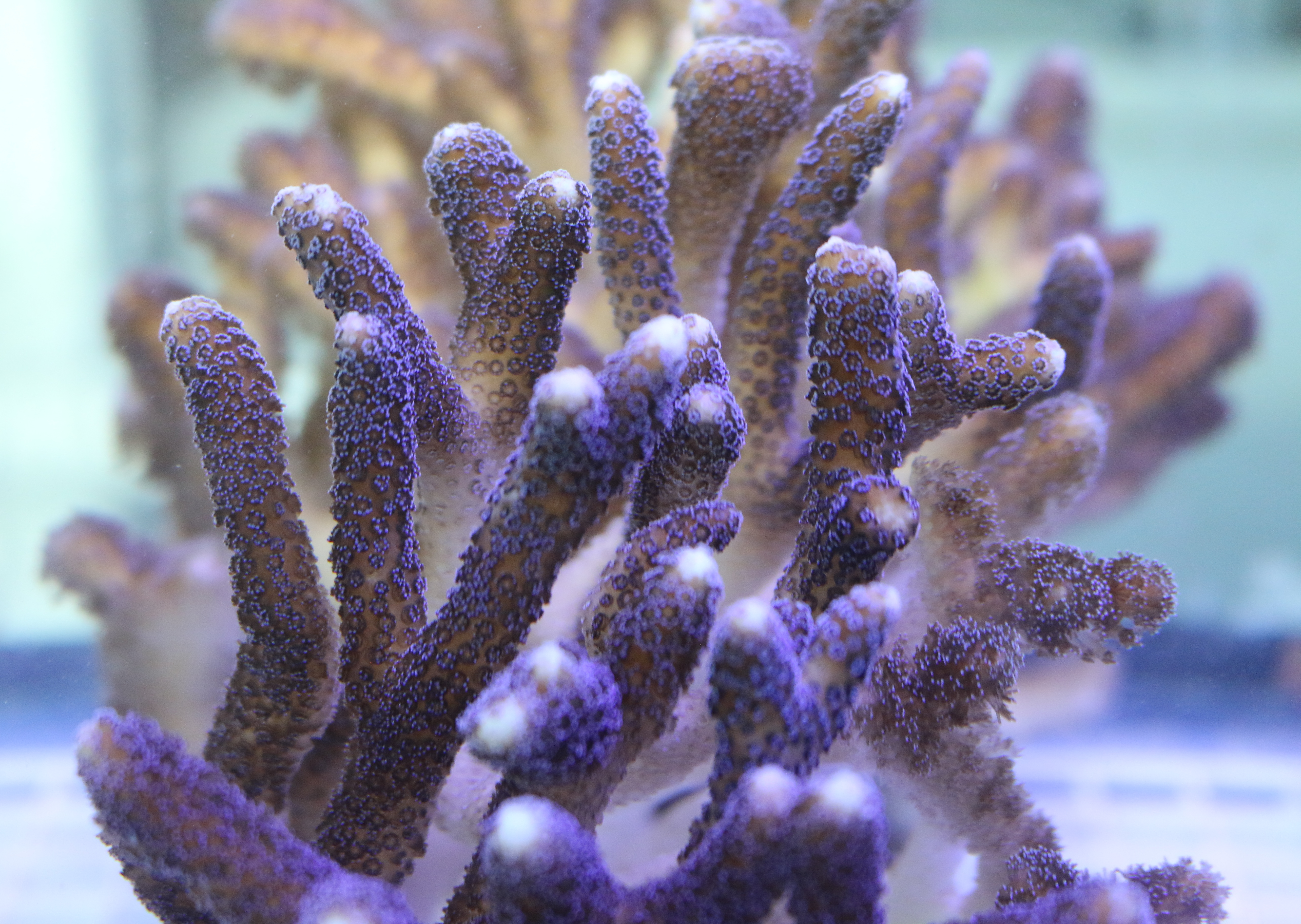
Corals Carefully Organize Proteins to Form Rock-Hard Skeletons
Charles Darwin, the British naturalist who championed the theory of evolution, noted that corals form far-reaching structures, largely made of limestone, that surround tropical islands. He didn’t know how they performed this feat. Now, Rutgers scientists have shown that coral structures consist of a biomineral containing a highly organized organic mix of proteins that resembles what is in our bones. Their study, published in the Journal of the Royal Society Interface, shows for the first time that several proteins are organized spatially – a process that’s critical to forming a rock-hard coral skeleton.
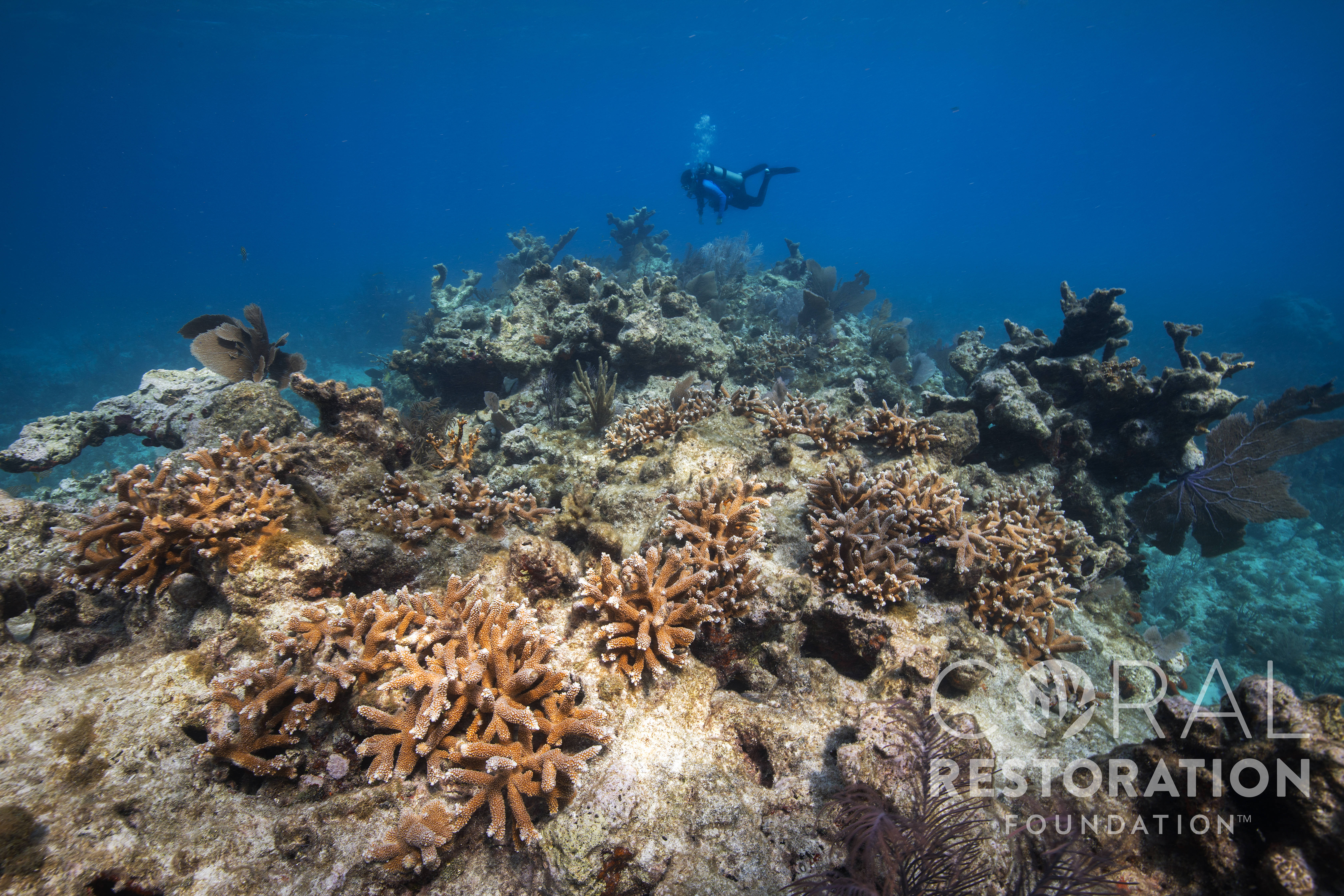
NSU & Coral Restoration Foundation™ Join Forces to Save Coral Diversity
Around the world, coral reefs are under pressure from a host of stressors, including global warming, pollution, and disease events. Now, two leading groups – Nova Southeastern University and the Coral Restoration Foundation™ – are teaming up to establish a new “coral ark” for critically endangered coral species where genetically diverse corals will be housed to bank and protect their important genetic diversity.
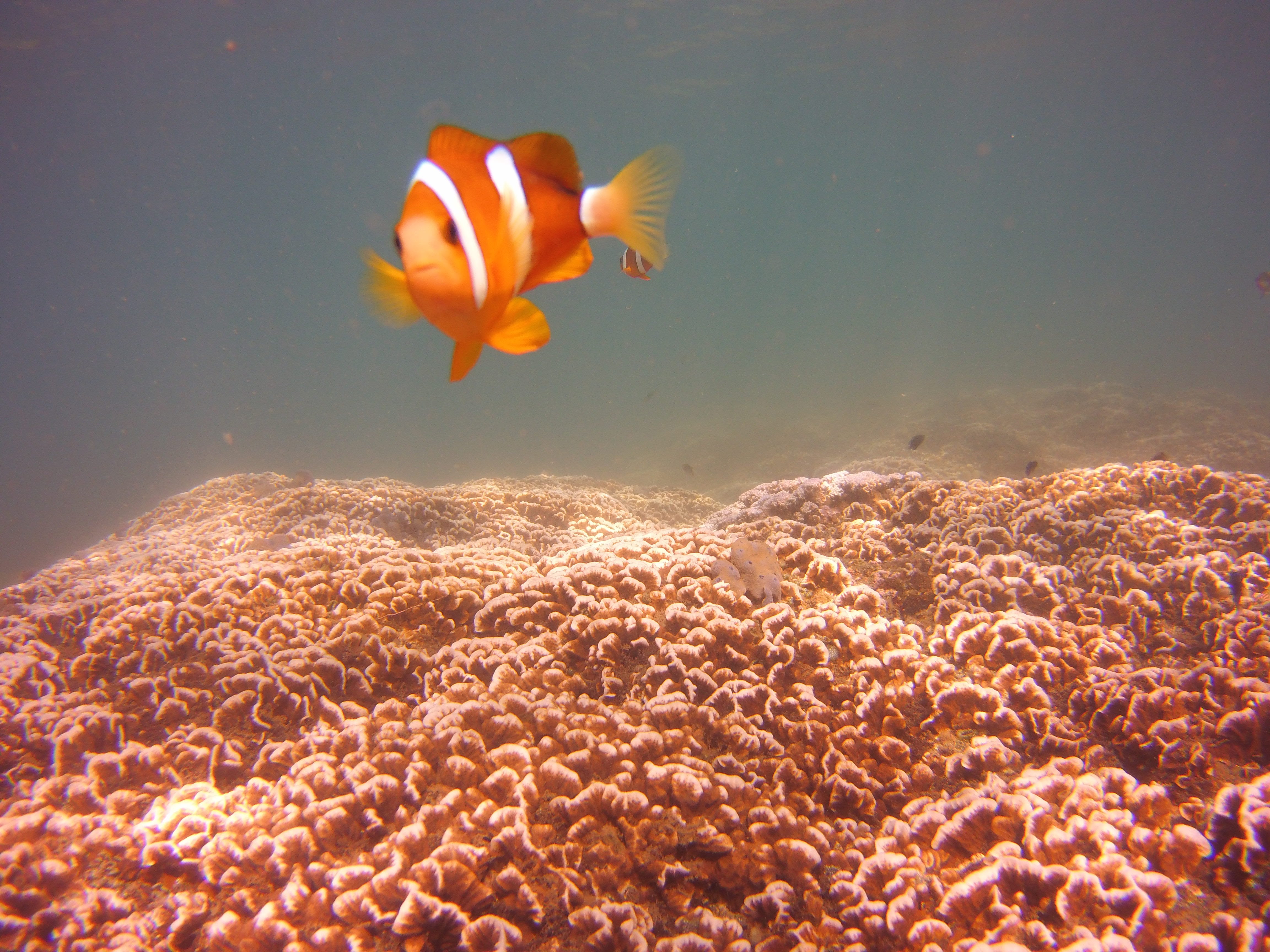
Big Differences in How Coral Reef Fish Larvae are Dispersed
How the larvae of colorful clownfish that live among coral reefs in the Philippines are dispersed varies widely, depending on the year and seasons – a Rutgers-led finding that could help scientists improve conservation of species. Right after most coral reef fish hatch, they join a swirling sea of plankton as tiny, transparent larvae. Then currents, winds and waves disperse them, frequently to different reefs.
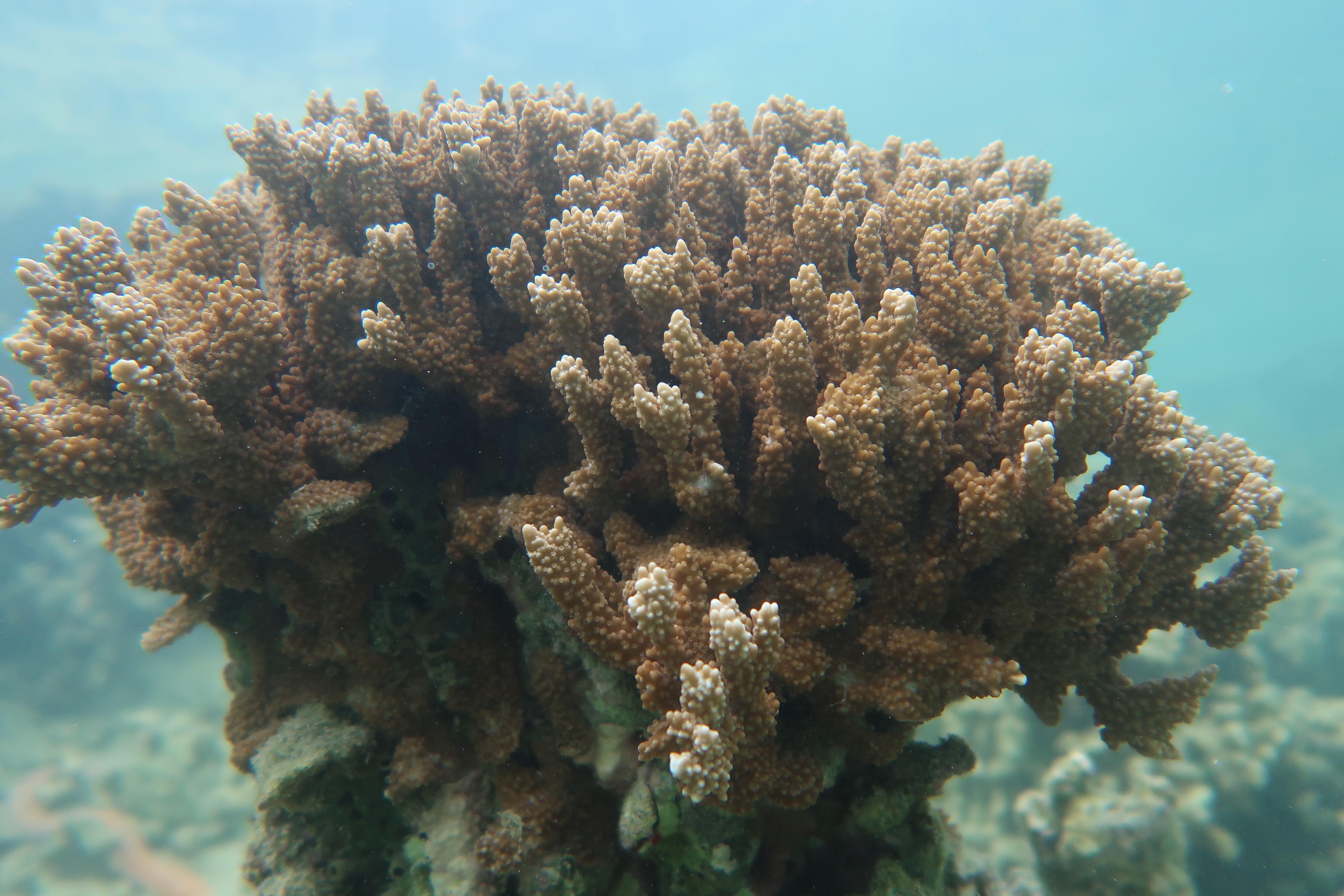
How to Identify Heat-Stressed Corals
Researchers have found a novel way to identify heat-stressed corals, which could help scientists pinpoint the coral species that need protection from warming ocean waters linked to climate change, according to a Rutgers-led study.
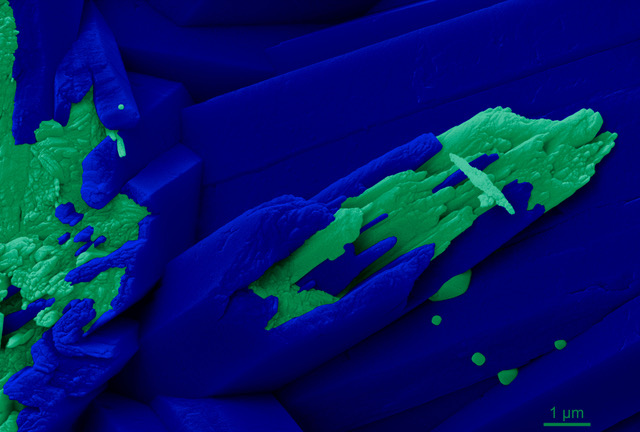
A better understanding of coral skeleton growth suggests ways to restore reefs
In a new study, University of Wisconsin–Madison physicists observed reef-forming corals at the nanoscale and identified how they create their skeletons. The results provide an explanation for how corals are resistant to acidifying oceans and suggest that controlling water temperature, not acidity, is crucial to mitigating loss and restoring reefs.
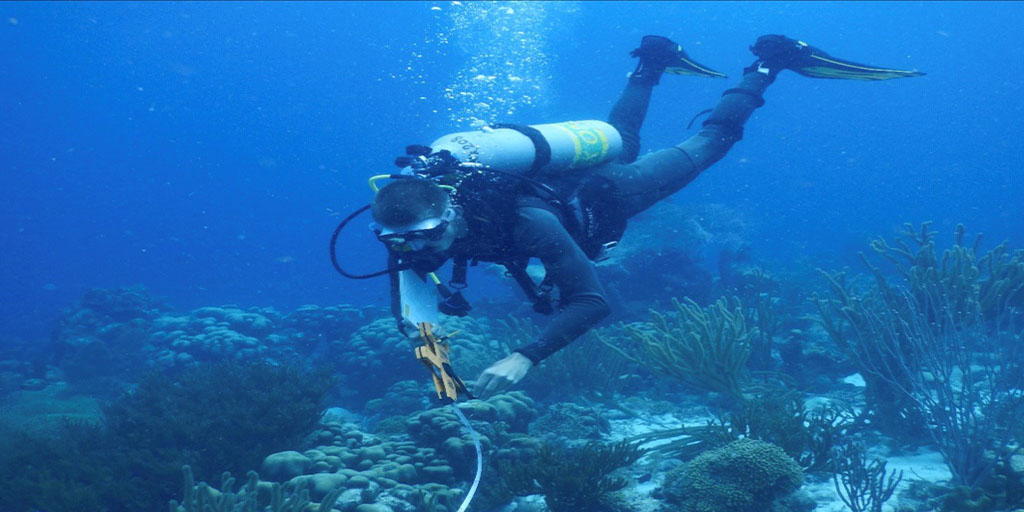
FSU researchers find diverse communities comprise bacterial mats threatening coral reefs
Florida State University researchers found that the bacterial mats threatening coral health are more diverse and complex than scientists previously knew.
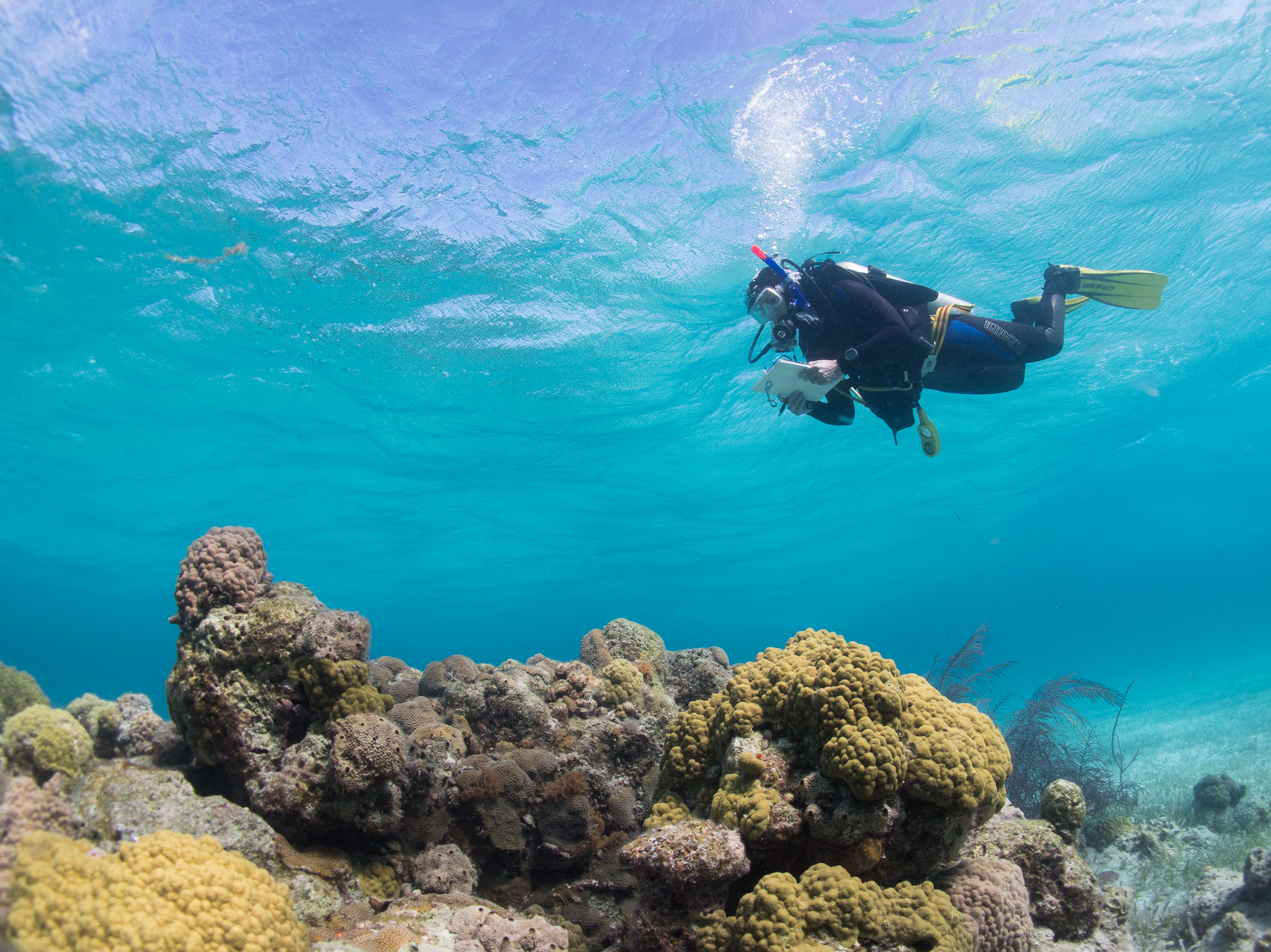
New Tech Lets Marine Scientists Track Real-Time Health of Coral Reefs Around the World
MERMAID, an open-source tech platform for marine scientists, is for the first time launching an interactive map that provides an insider’s view of the ecosystem data collected from coral reefs by field scientists around the world.
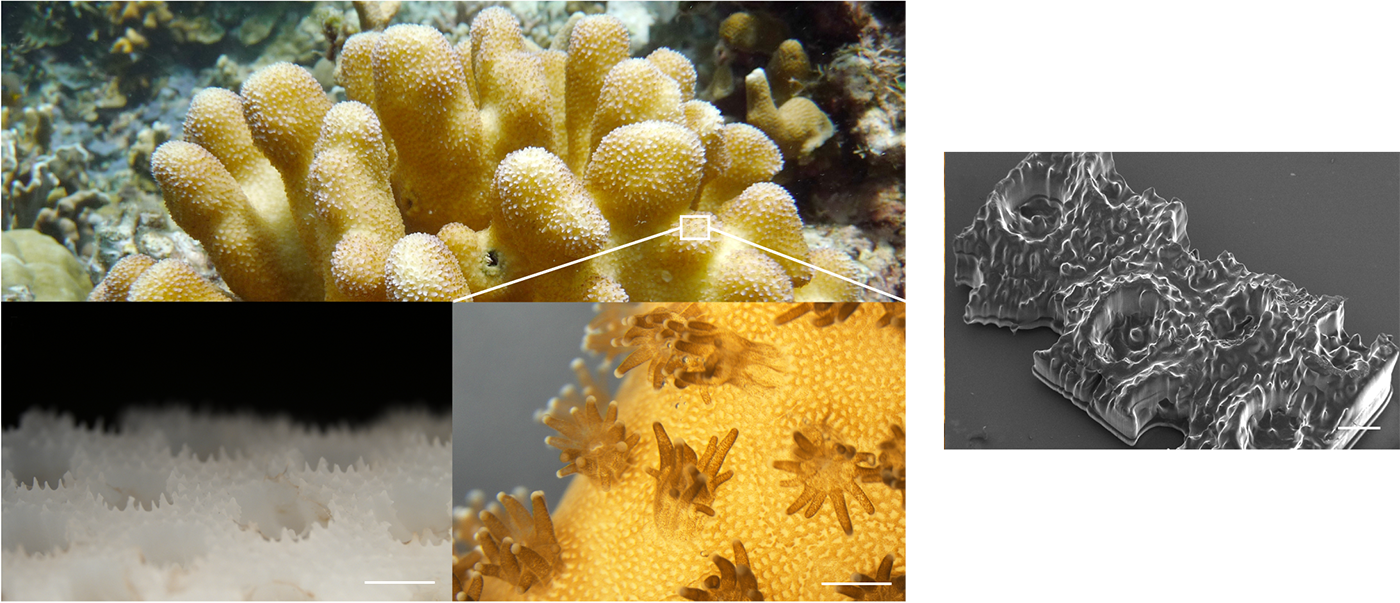
3D printed corals provide more fertile ground for algae growth
Researchers have 3D printed coral-inspired structures that are capable of growing dense populations of microscopic algae. The work could lead to the development of compact, more efficient bioreactors for producing algae-based biofuels, as well as new techniques to repair and restore coral reefs.
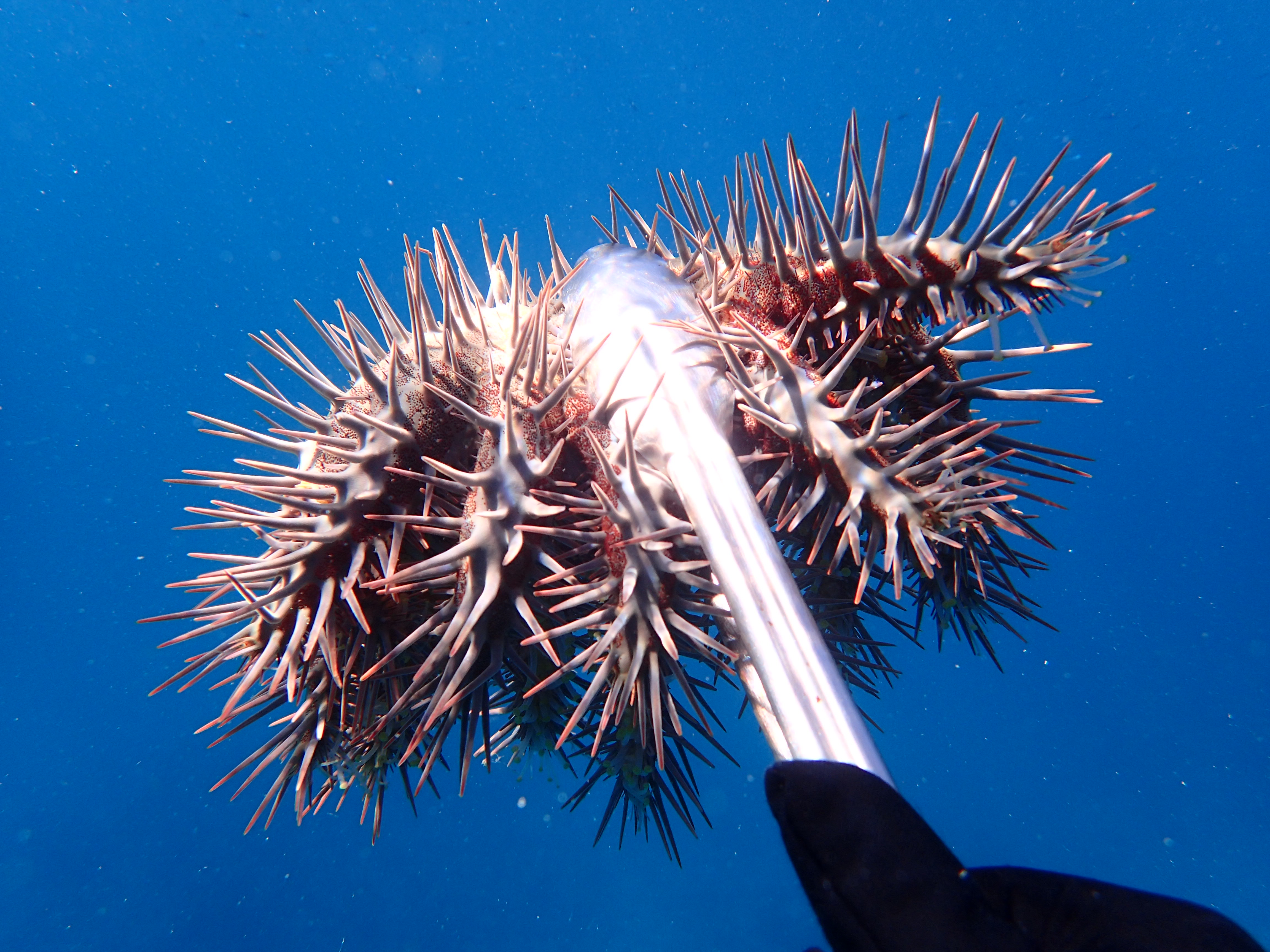
Hidden army: how starfish could build up numbers to attack coral reefs
The coral-eating crown of thorns starfish that devastate tropical reefs can lie in wait as harmless young herbivores for more than six years while coral populations recover from previous attacks or coral bleaching, new research has shown.
Soft corals near Virgin Islands recover from 2017 hurricanes, but stony corals still declining
Soft corals at three sites in the U.S. Virgin Islands were able to recover from the destructive effects of nearly back-to-back Category 5 storms in 2017, but research by a UB marine ecologist puts that seemingly good news in the context of an ecosystem that is dramatically changing.
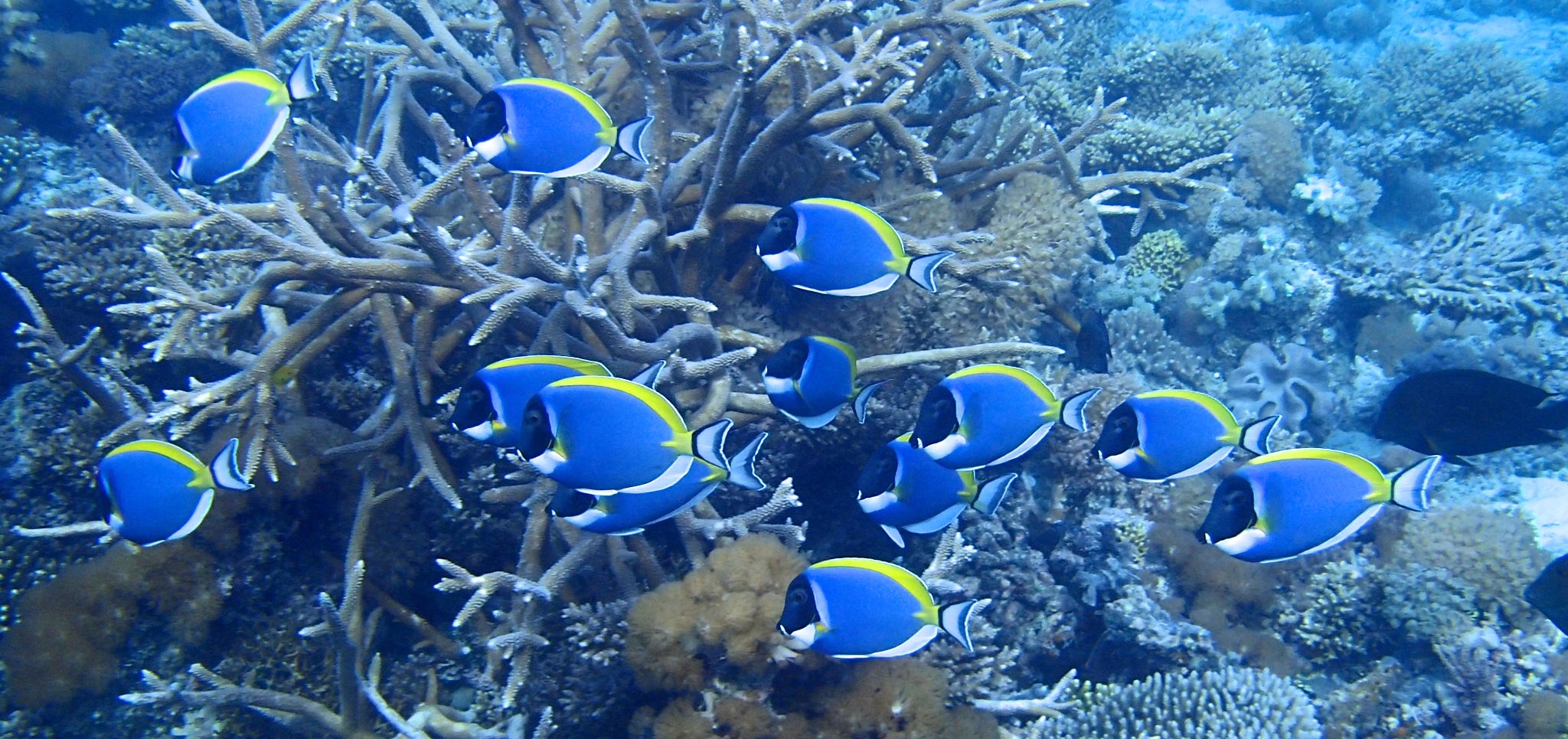
East African Fish In Need of Recovery
A study of East African coral reefs has uncovered an unfolding calamity for the region: plummeting fish populations due to overfishing, which in turn could produce widespread food insecurity.
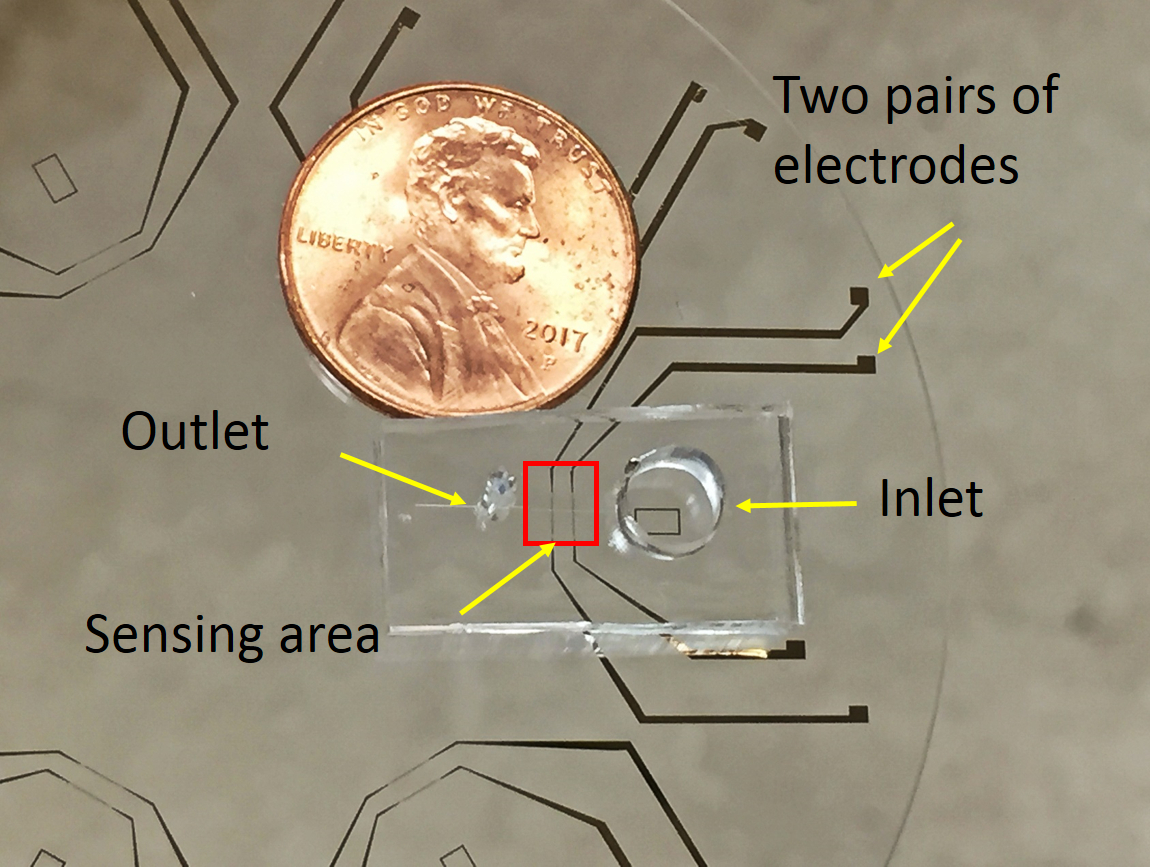
New Portable Tool Analyzes Microbes in the Environment
Imagine a device that could swiftly analyze microbes in oceans and other aquatic environments, revealing the health of these organisms – too tiny to be seen by the naked eye – and their response to threats to their ecosystems. Rutgers researchers have created just such a tool, a portable device that could be used to assess microbes, screen for antibiotic-resistant bacteria and analyze algae that live in coral reefs. Their work is published in the journal Scientific Reports.
Rutgers Expert Available to Discuss Coral Genomics Paper
New Brunswick, N.J. (Jan. 6, 2020) – By combining a range of biological data with the first successful genome editing experiments in corals, scientists are poised for rapid advancements in understanding how coral genes function, according to a paper in…
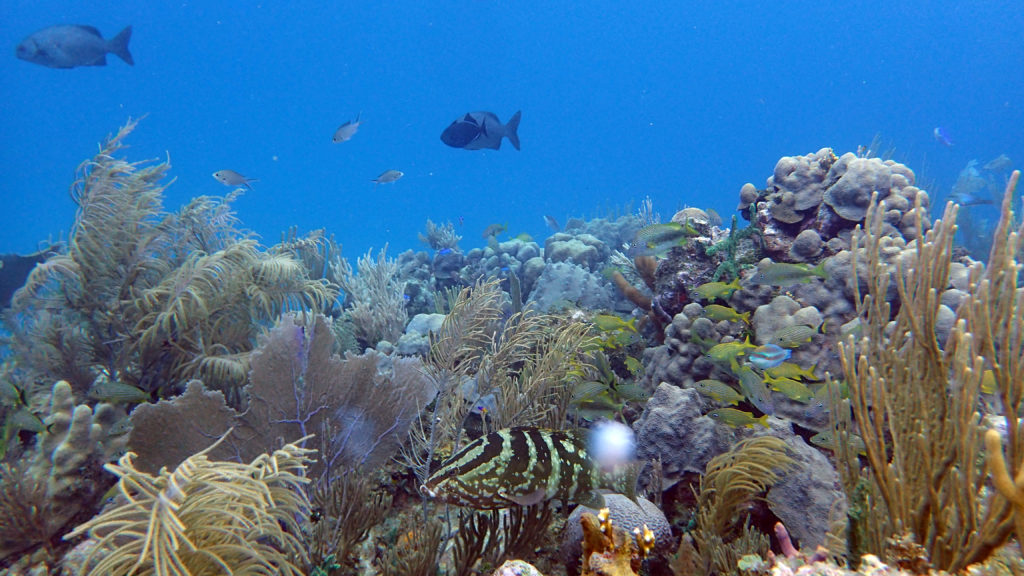
How microbes reflect the health of coral reefs
Microorganisms play important roles in the health and protection of coral reefs, yet exploring these connections can be difficult due to the lack of unspoiled reef systems throughout the global ocean. A collaborative study led by scientists at the Woods Hole Oceanographic Institution (WHOI) and the Centro de Investigaciones Marinas – Universidad de La Habana (CIM-UH) compared seawater from 25 reefs in Cuba and the U.S. Florida Keys varying in human impact and protection, and found that those with higher microbial diversity and lower concentrations of nutrients and organic carbon—primarily caused by human activities—were markedly healthier.
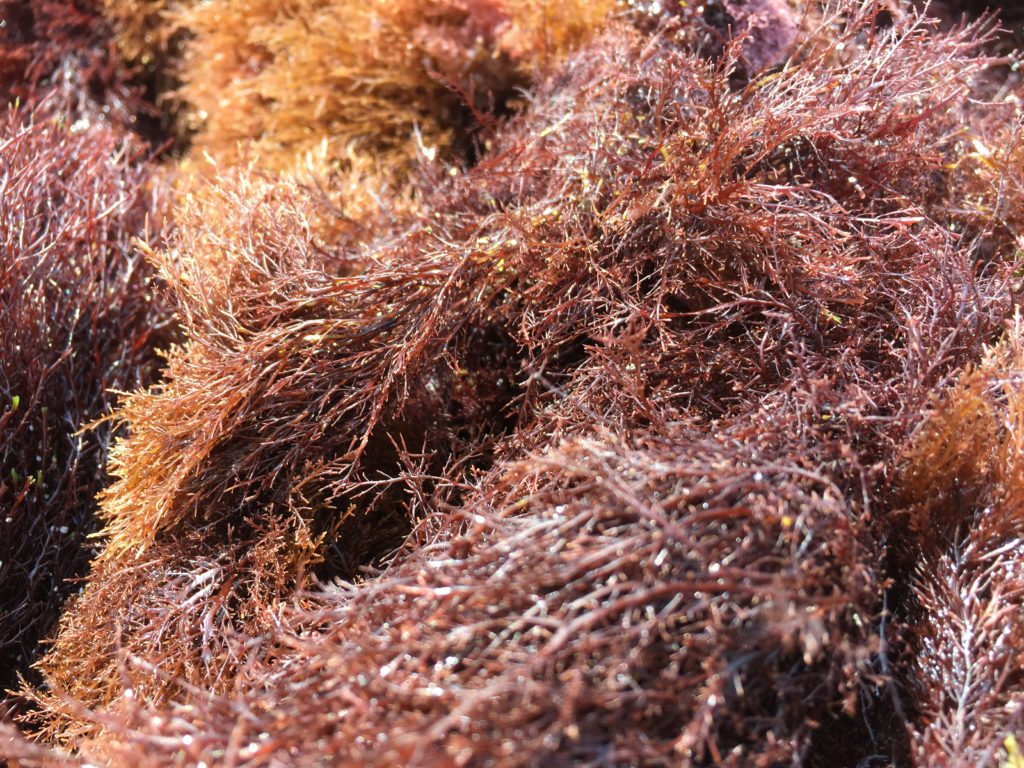
Red Algae Thrive Despite Ancestor’s Massive Loss of Genes
You’d think that losing 25 percent of your genes would be a big problem for survival. But not for red algae, including the seaweed used to wrap sushi. An ancestor of red algae lost about a quarter of its genes roughly one billion years ago, but the algae still became dominant in near-shore coastal areas around the world, according to Rutgers University–New Brunswick Professor Debashish Bhattacharya, who co-authored a study in the journal Nature Communications.